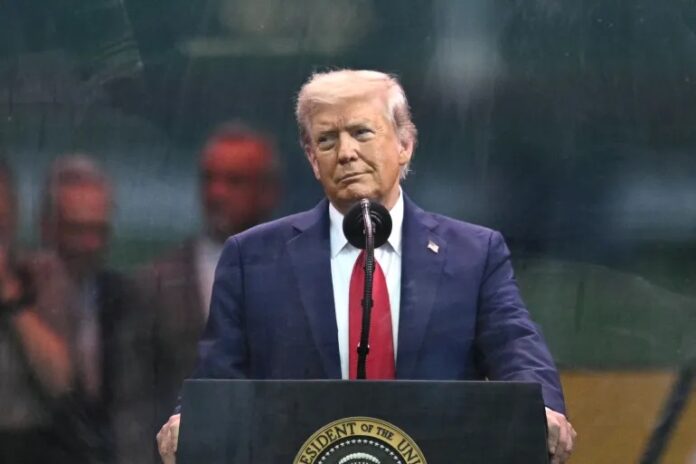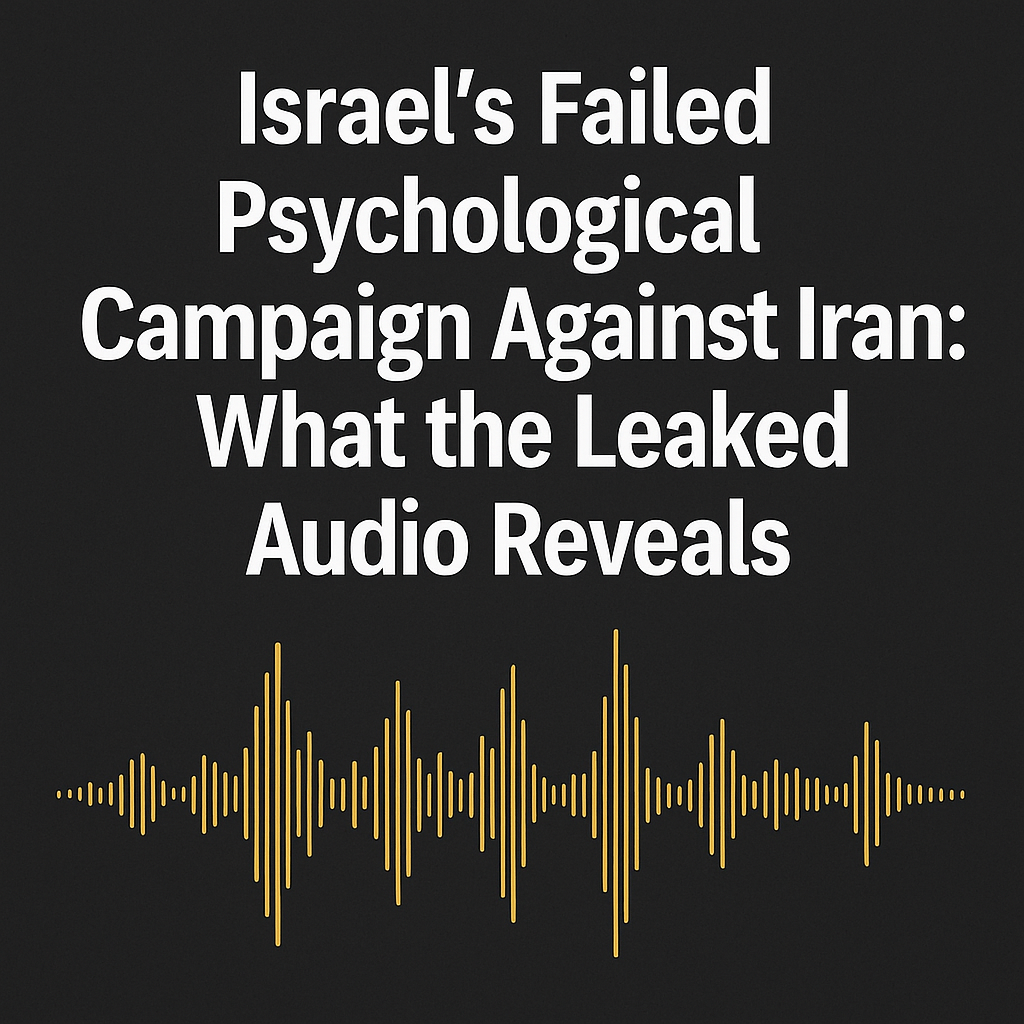Washington, D.C., June 25, 2025 — U.S. President Donald Trump has told Congress that the nuclear sites targeted in recent U.S. airstrikes on Iran were part of an active nuclear weapons development program, directly contradicting the longstanding consensus of U.S. intelligence agencies and the International Atomic Energy Agency (IAEA).
In a formal letter to House Speaker Mike Johnson, dated Monday and published on the White House website, Trump justified the attacks on three Iranian nuclear facilities—Natanz, Isfahan, and Fordow—by alleging that they were “used by the Government of the Islamic Republic of Iran for its nuclear weapons development program.”
“United States forces conducted a precision strike against three nuclear facilities in Iran used… for its nuclear weapons development program,” the letter reads.
Intelligence Community Finds No Evidence of Weapons Program
The claim sharply contradicts the most recent U.S. intelligence assessment, delivered to Congress in March by Director of National Intelligence (DNI) Tulsi Gabbard, which concluded that Iran had not resumed its nuclear weapons program, suspended in 2003.
According to the 2025 Annual Threat Assessment posted on the Office of the Director of National Intelligence (ODNI) website:
“The Intelligence Community (IC) continues to assess that Iran is not currently undertaking the key nuclear weapons-development activities that would be necessary to produce a nuclear device.”
“Supreme Leader Khamenei has not authorized a restart of the weapons program suspended in 2003.”
These conclusions align with public assessments dating back to the 2007 National Intelligence Estimate, which first reported that Iran had halted its nuclear weapons program in 2003 and had not resumed it.
IAEA: No Evidence of a Nuclear Weapons Drive
The IAEA, which regularly inspects Iran’s nuclear sites under the Joint Comprehensive Plan of Action (JCPOA), also found no current evidence of weaponization. In a March 2025 interview, IAEA Director General Rafael Grossi reaffirmed:
“We have seen no indication of an active nuclear weapons program. Iran continues to enrich uranium at levels below weapons-grade.”
This statement echoes the IAEA’s quarterly reports, which note uranium enrichment levels of up to 60% U-235, well below the ~90% threshold needed for weapons, though still above the JCPOA limits.
Gabbard: “Media Misrepresented My Testimony”
Following the publication of Trump’s letter, DNI Tulsi Gabbard responded to media reports suggesting she had contradicted the President. On social media platform X, she posted:
“The dishonest media is intentionally taking my testimony out of context and spreading fake news… I stand with President Trump in ensuring Iran never develops nuclear weapons.”
However, her March 2025 testimony before the Senate Intelligence Committee clearly stated:
“We do not assess that Iran is currently pursuing a nuclear weapon.”
Analysts have pointed out the ambiguity in her later social media remarks, which appear to walk a fine line between political alignment with the White House and adherence to official intelligence findings.
Trump Doubles Down: “I Don’t Care What She Said”
At a press briefing last week, Trump dismissed Gabbard’s earlier testimony:
“I don’t care what she said. I think they were very close to having one,” Trump told reporters, referring to a nuclear bomb.
This statement harkens back to 2003, when then-President George W. Bush justified the U.S. invasion of Iraq by alleging Saddam Hussein possessed weapons of mass destruction (WMDs)—claims later disproved. In 2004, the Iraq Survey Group found no stockpiles of WMDs, a conclusion acknowledged by Bush in 2005.
Pre-Strike Intelligence: Iran Had the Capability, Not the Intent
Unclassified reports prepared by the Defense Intelligence Agency (DIA) and CIA before the strikes assessed that while Iran possessed the technical expertise to develop a weapon at some point, it had not yet made the political decision to do so.
These reports, leaked to CNN and The New York Times, also noted that:
- Iran had moved much of its enriched uranium stockpile to undisclosed sites before the attacks.
- Its facilities remained heavily fortified, particularly Fordow, which is buried under a mountain near Qom.
Impact of U.S. Strikes Still Unclear
While Trump and senior U.S. officials claimed that the strikes “obliterated” Iran’s nuclear infrastructure, a preliminary DIA assessment found that Tehran’s program was only set back by months. A senior U.S. official told The Washington Post that a more refined assessment is expected in the coming weeks.
“Much of the material was moved. We hit infrastructure, yes, but Iran retains its nuclear expertise,” the source said on condition of anonymity.
References:
- Office of the Director of National Intelligence (ODNI): 2025 Annual Threat Assessment
- International Atomic Energy Agency (IAEA): Director General Rafael Grossi’s March 2025 remarks to Deutsche Welle
- White House: Letter to House Speaker Mike Johnson (June 23, 2025)
- CNN and The New York Times: Reporting on preliminary DIA assessments
- Senate Intelligence Committee Hearing Transcript: DNI Tulsi Gabbard (March 2025)
- The Washington Post, June 24, 2025: Post-strike evaluation interviews
- Iraq Survey Group Final Report, 2004 (re: WMDs in Iraq)










